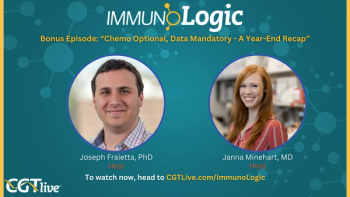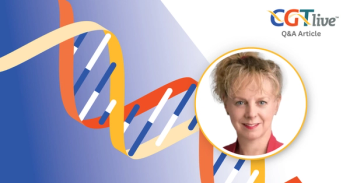
PET timing guides radiation RX in lung ca
CHICAGO-FDG-PET imaging of non-small-cell lung cancer patients prior to receiving radiation therapy should not be the basis for determining areas that may benefit from higher doses of radiation, according to research out of Philadelphia’s Thomas Jefferson University Hospital.
CHICAGO-FDG-PET imaging of non-small-cell lung cancer patients prior to receiving radiation therapy should not be the basis for determining areas that may benefit from higher doses of radiation, according to research out of Philadelphia’s Thomas Jefferson University Hospital.
Some studies suggest that areas of avid FDG uptake on PET images before treatment are also the regions most likely to have intense metabolic activity after treatment, according to Nitin Ohri, MD, a radiation oncology resident at the hospital. “Investigators are looking to PET imaging to find ways to predict if any part of the tumor would benefit from a higher radiation dose,” Dr. Ohri said. “I wanted to see if residual activity on a scan after treatment correlates with the activity pattern on a scan done before treatment.”
For this study, PET scans of 43 patients, 15 of which showed significant activity both before and after treatment, were examined. Dr. Ohri set up a coordinate system that divided tumors into nine regions, or 17 regions for larger tumors. Metabolic FDG activity in the regions both before and after treatment was then compared (ASTRO 2009 abstract 2583).
Dr. Ohri found the regions of intense FDG uptake for some patients didn’t change after treatment.
However, some patients showed activity in completely different regions before and after treatment, he explained.
“It’s not sufficient to increase the dose to areas that are especially active on PET imaging before treatment and expect that to improve the control rate,” Dr. Ohri said in a written statement. “It may be more appropriate to do a scan halfway through treatment and plan additional radiation doses around that.”
Newsletter
Stay at the forefront of cutting-edge science with CGT—your direct line to expert insights, breakthrough data, and real-time coverage of the latest advancements in cell and gene therapy.





































